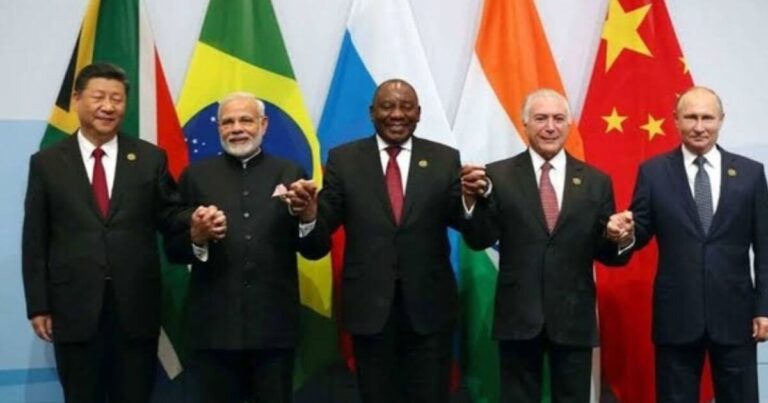Fueling Hope: Oil Edges Up Amid Supply Worries and Economic Ripples
The oil saw a subtle upward shift on Tuesday, drawing strength from brewing concerns regarding supply disruptions caused by an impending hurricane aimed at the U.S. Gulf Coast. This uptick in prices counterbalanced lingering doubts stemming from the potential of another U.S. interest rate increase denting oil demand.
In the arena of Brent crude, prices took a step forward, climbing by 63 cents to reach $85.05 per barrel as of 1026 GMT. In a similar dance, U.S. West Texas Intermediate (WTI) crude inched by 57 cents, settling at $80.67 per barrel.
The spotlight on supply worries grew as Tropical Storm Idalia unleashed its fury on western Cuba. At the same time, its trajectory seemed poised to intensify towards Florida. This storm, potentially blossoming into a hurricane, has the potential to disrupt power and might even cast its shadow over crude production along the eastern fringes of the U.S. Gulf Coast.
Recent jitters have roots in a fire incident at a Marathon Petroleum (MPC.N) refinery that unfolded last week. This blaze, ignited by a chemical leak, engulfed two massive storage tanks brimming with volatile naphtha. Notably, Marathon Petroleum disclosed its intention to recommence operations at the 596,000-barrel-per-day (bpd) Garyville refinery in Louisiana–the third-largest U.S.
In this intricate tapestry of oil dynamics, even minor disruptions can act as powerful catalysts for price surges, given the industry’s heightened sensitivity to refinery interruptions worldwide. John Evans, an oil brokerage firm PVM expert, aptly captured this sentiment.
As the stage is set, Chevron (CVX.N), a major player, finds itself in a standoff as unions threaten labour action over pay and conditions at Australia’s significant liquefied natural gas (LNG) production facilities. These facilities collectively contribute over 5% of global LNG capacity. The looming possibility of daily work stoppages of up to 10 hours next week has raised concerns about future production.
Against this intricate narrative, the power markets emerge as timely allies, propelling the momentum of an oil rally driven by product dynamics. This insight, voiced by PVM’s Evans, underlines the interconnectedness of various market forces.
Nonetheless, lurking beneath these developments are persistent worries about oil demand in two of the world’s largest economies–the United States and China. Federal Reserve Chair Jerome Powell’s recent remarks about potential rate hikes to curb inflation have added uncertainty.
China, grappling with an economic recovery that stumbles due to a property slump, dwindling consumer spending, and a tumble in credit growth, has cut key policy rates to invigorate its role as the world’s foremost oil importer.
With economic data from influential economies awaiting revelation later this week, the direction of interest rates for the remainder of this year and beyond hangs in the balance. Leon Li, an analyst at CMC Markets, noted that maintaining the robust bullish trend from July could prove to be an uphill battle as the U.S. and European economies brace for headwinds in the fourth quarter until interest rates find their peak.







